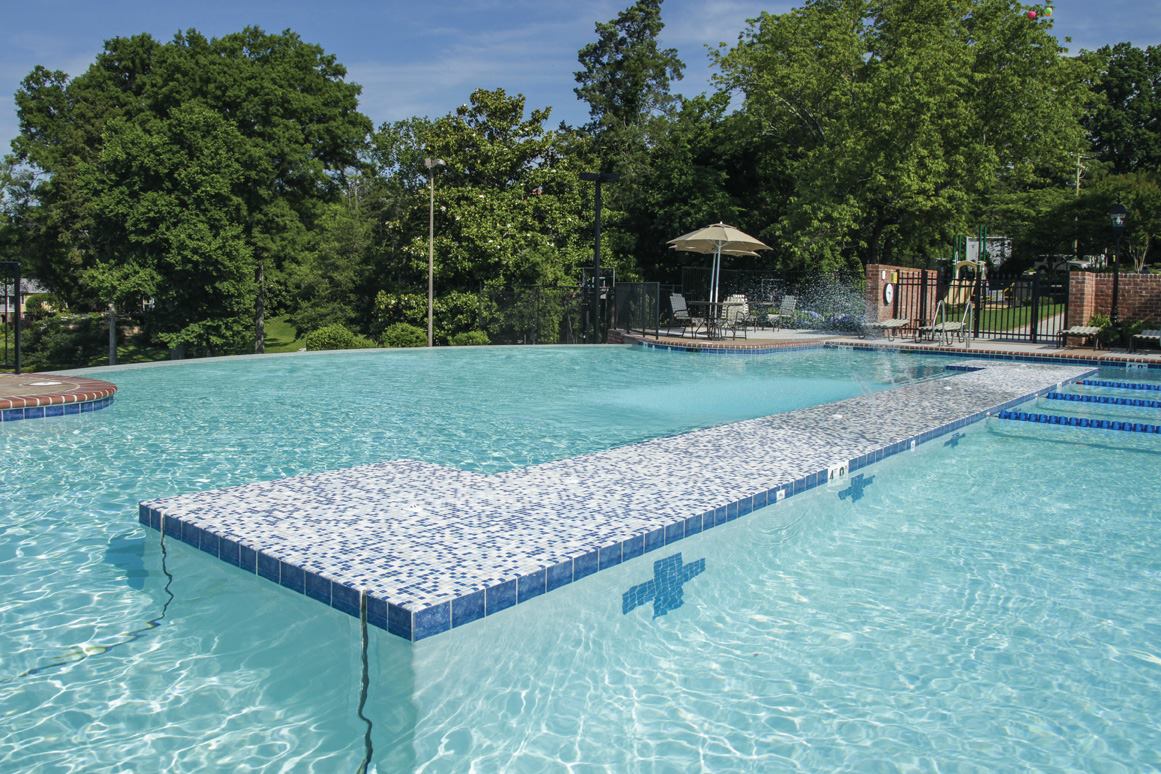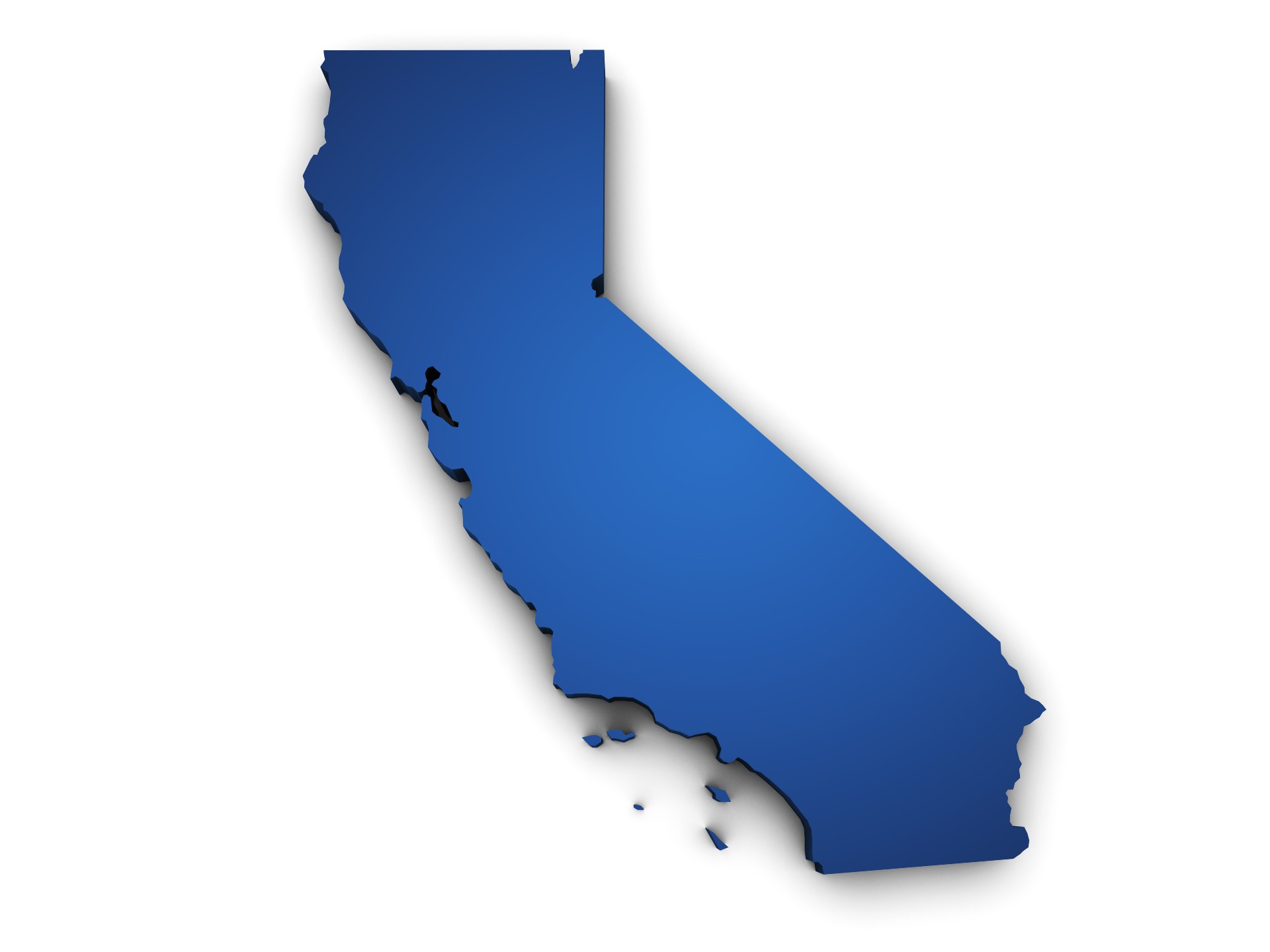The votes on proposed changes to the Model Aquatic Health Code (MAHC) have been tallied, bringing the 2018 edition just one step away from realization.
Of the 179 change requests that were filed for this rewrite, 121 were approved by the Council for the Model Aquatic Health Code (CMAHC).
Next, the CMAHC will submit its recommendations to the Centers for Disease Control and Prevention, which implements the model code. After considering the voting outcomes, the CDC will have final say as to what it adds to the code and what it doesn’t.
CDC is expected to release the third edition of the MAHC mid-summer.
Though federally administered, the MAHC is not a law. It is a model code and takes effect only in those jurisdictions that choose to adopt it. It applies only to commercial pools.
What follows are some of the highlights:
Water quality
Two of the proposals considered most radical by many, both involving water quality, were voted down. So the MAHC will maintain the long-held parameters considered acceptable for pH and cyanuric acid. One change request proposed that the lowest allowable pH reading be lowered to 6.8 parts per million. After some pushback and a “no” recommendation from the technical review committee, the council chose to keep the range from 7.2 to 7.8 parts per million.
However, the CMAHC voted for a proposal originally meant as a companion to the pH language. If approved by the CDC, it will raise allowable calcium hardness levels from 1,000 to 2,500 ppm.
Other language would have reduced the maximum allowable CYA level from 90 to 25 ppm. As expected, the committee voted against this, too.
Another water-quality proposal passed despite sizable opposition from manufacturers. If the CDC approves the stipulation, all pool and spa chemicals will require third-party testing to certify compliance with NSF 50, a relatively new standard written specifically for this product category. Some chemical suppliers stated that their products are already sufficiently regulated and believe this change will pose an undue burden, especially on smaller producers.
A requirement for ultraviolet technology on splashpads was endorsed by the voters.
Finally, language passed that could change the way professionals must size chlorine dosing and generating equipment. Rather than basing the size of equipment on desired dosage levels, it would have to meet ideal levels of free available chlorine (FAC), as already stipulated in the MAHC. This places more responsibility on designers, who must determine in advance what size of equipment will fulfill these requirements, rather than on operators adjusting the dosages.
Chemical safety
Several change requests addressed the issue of chemical spills and chlorine gas clouds in facilities.
The council approved proposals to tighten requirements for interlock systems on chemical feeders. These devices are meant to cause the chemical delivery to shut off if the aquatic feature’s circulation system dips a certain percentage below the minimum designed flow rate and bathers are present. If the new language receives approval from CDC, interlocks will have to be installed per manufacturers’ instructions and be accompanied by a visual alarm or other means of automatically indicating when the technology has been triggered. If the interlock engages, the body of water must be evacuated, qualified personnel must assess the situation and, if appropriate, manually override the interlock. Bathers cannot re-enter until at least 5 minutes after the circulation system has restarted, to protect them from chemical build-up that may occur. Another change request was passed, which may also require monthly testing of these safety systems.
Lifeguarding
The council rejected language stating that lifeguard instructors must have the ability to perform the same physical tasks as their students, after the technical review committee cited concerns about discriminating against those with disabilities.
The group approved another proposal that would raise the number of lifeguards allowed for each supervisor, from two to three.
A change request involving placement of backboards also passed the vote. If the CDC approves the language, facilities will have to make this equipment available such that one can be reached within 2 minutes from any spot. This change had met with opposition from some waterpark officials, who said their properties are too sprawling to make such a requirement practical.
Indoor Air Quality
One approved change request would add the requirement that all paints and coatings installed inside the air barrier of an indoor facility must be third-party tested to meet the certain standards. Additionally, when the paint or coating serves as a vapor retarder, it must be applied to produce a permeability rating of 0.2 U.S. perm or less.



